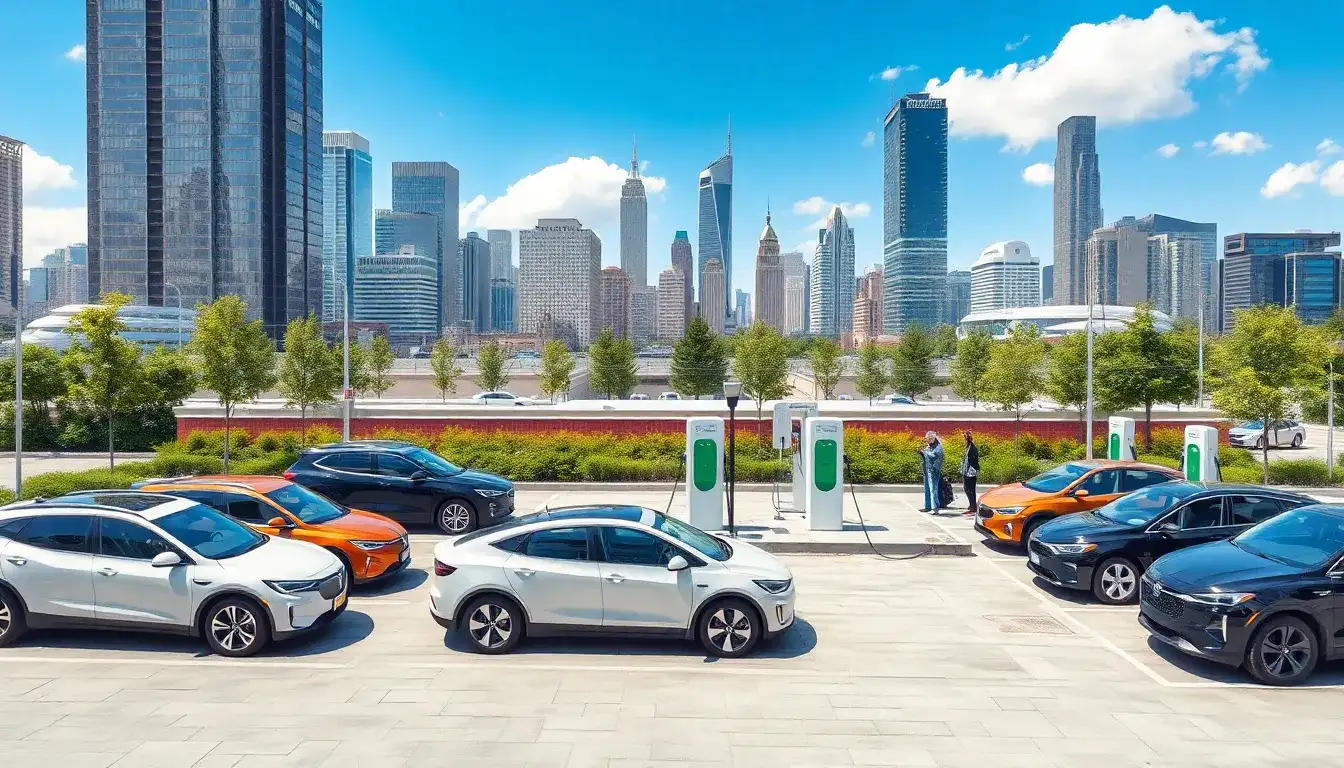
2026 United States New Energy Electric Vehicle and Charging Station Market Overview
As of March 28, 2025, the 5th Electric Vehicle Charging Summit (EVCS) is set to take place from March 17 to 19, 2026, in the United States. This event will highlight the continuing evolution of the electric vehicle (EV) market, including electric vehicle charging infrastructure.
The conference will be held in Los Angeles, California, and is expected to attract participants from various sectors involved in the new energy vehicle industry. The event aims to promote innovations and advancements within the electric vehicle sector.
The market for new energy electric vehicles and charging stations in the United States is experiencing a significant transformation, driven by technological advancements and increasing demand for sustainable transportation solutions. The integration of smart technologies is set to improve the efficiency and accessibility of electric vehicle charging services.
In recent years, the number of electric charging stations has increased significantly, with many being strategically located near urban centers, high-speed highways, and residential areas. This expansion aims to provide electric vehicle users with more convenient access to charging facilities, enhancing the overall user experience.
The upcoming EVCS 2026 is expected to address key issues related to electric vehicle adoption, including the need for more efficient charging solutions and the integration of renewable energy sources into charging infrastructure. Industry experts will discuss strategies to promote the growth of electric vehicles and the necessary support systems required for their widespread adoption.
Market analysis indicates that the electric vehicle sector is on a strong growth trajectory, with projections indicating that electric vehicles will constitute a significant portion of the automotive market by 2030. The shift towards electric vehicles is expected to be supported by government policies and incentives aimed at reducing carbon emissions and promoting renewable energy.
The following categories are identified in the U.S. electric vehicle market:
- Battery Electric Vehicles (BEVs): These vehicles operate solely on electric power, requiring no gasoline, and have gained popularity for their environmental benefits.
- Plug-in Hybrid Electric Vehicles (PHEVs): These vehicles combine a conventional internal combustion engine with an electric propulsion system, allowing for both electric and gasoline use.
- Fuel Cell Electric Vehicles (FCEVs): Utilizing hydrogen fuel cells, these vehicles produce zero emissions and are considered a promising alternative for future transportation.
Charging infrastructure is also categorized into different levels:
- Level 1 Charging: This method uses a standard 120V outlet, suitable for home use, providing a slower charge.
- Level 2 Charging: Utilizing a 240V outlet, this method is commonly used in residential and public charging stations, offering faster charging times.
- Level 3 Charging (DC Fast Charging): This method provides rapid charging capabilities using direct current, suitable for highway charging stations.
Government policies and initiatives play a crucial role in the development of the electric vehicle market. The National Electric Vehicle Infrastructure (NEVI) program, initiated in 2021, aims to enhance the charging infrastructure across the nation. This program focuses on establishing a vast network of high-speed charging stations along major highways to facilitate electric vehicle usage.
In conclusion, the U.S. electric vehicle market is witnessing continuous growth driven by technological advancements, increased infrastructure development, and supportive government policies. As consumer demand for sustainable and efficient transportation solutions rises, the future of electric vehicles looks promising.







